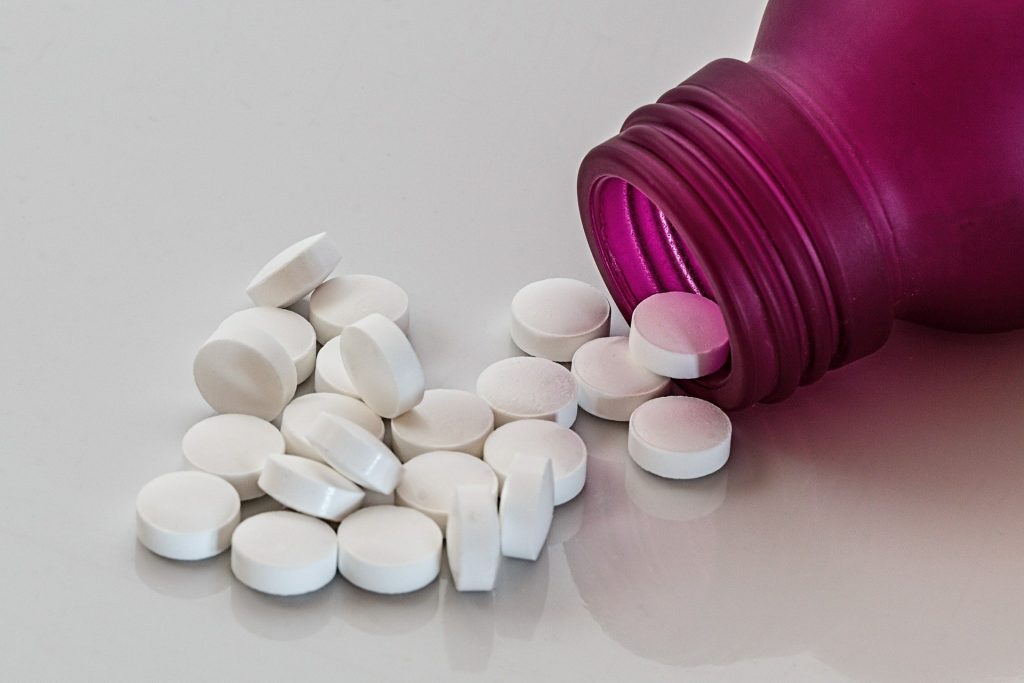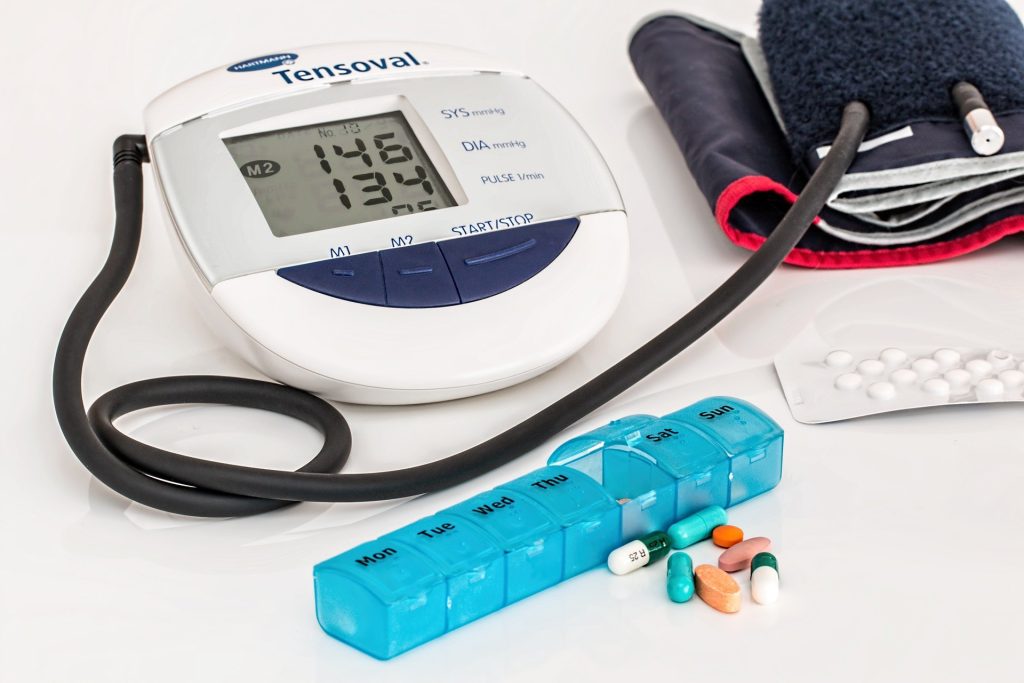SAHPRA Clarifies that Paracetamol is Safe to Use in Pregnancy, at Recommended Doses

Pretoria, 28 September 2025 – The South African Health Products Regulatory Authority (SAHPRA) wishes to reassure the public that paracetamol remains a safe and recommended option for the relief of pain and fever during pregnancy, when used short-term at recommended doses.
Paracetamol is one of the most widely used medicines globally and has been extensively studied for decades. There is currently no scientific evidence that using paracetamol in pregnancy causes attention-deficit hyperactivity disorder (ADHD) and autism.
SAHPRA will continue to monitor emerging evidence on the safety of paracetamol.
Advice for healthcare professionals
Paracetamol remains a recommended safe treatment for pain or fever in pregnant women. Pregnant women should be reassured that there is no evidence that taking paracetamol during pregnancy causes autism or ADHD in children. Healthcare professionals are encouraged to provide counselling to patients about the side effects of paracetamol, as detailed in the product’s professional information and patient information leaflet (https://pi-pil-repository.sahpra.org.za/).
Advice for healthcare professionals to provide to patients
Pregnant women and those planning a pregnancy should be advised to use paracetamol only when needed and at the lowest effective dose for the shortest possible time. Untreated fever and pain may pose risks to the unborn baby, and it is therefore important to seek treatment if recommended by a healthcare professional. Pregnant women should consult a healthcare professional if pain or fever persists or if they have any concerns about medicine use during pregnancy. Pregnant women should also be advised to avoid combining paracetamol with other medicines without first seeking medical advice.
Report any suspected adverse drug reactions
Healthcare professionals and members of the public are urged to report any suspected adverse drug reactions (ADRs) related to the use of paracetamol and other health products to SAHPRA via the eReporting link available on the SAHPRA website (www.sahpra.org.za) or complete an ADR reporting form accessible via the SAHPRA website and email it to adr@sahpa.org.za. Alternatively, reporting can be done via the Med Safety App, downloadable through Google Play or the Apple App Store.
SAHPRA remains committed to ensuring the safety of medicines available in South Africa and will update the public if new scientific evidence changes current recommendations.









